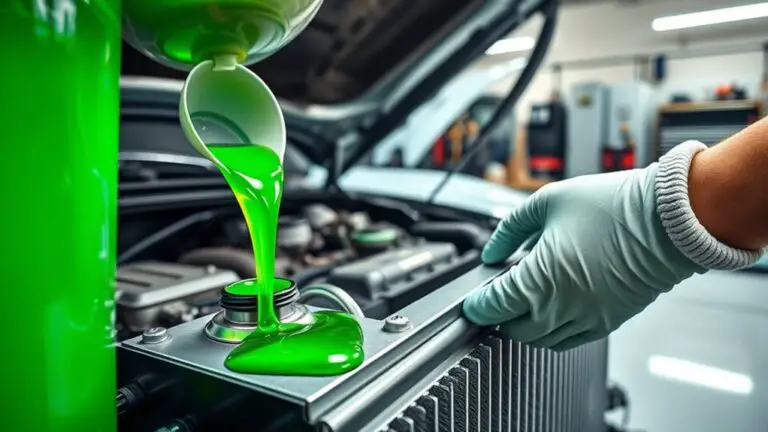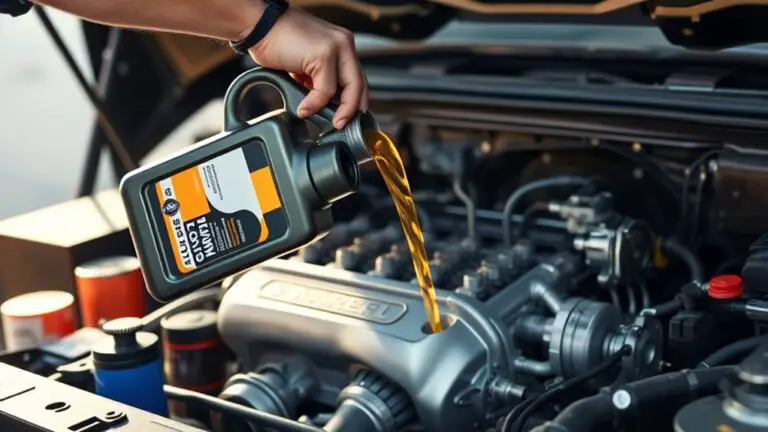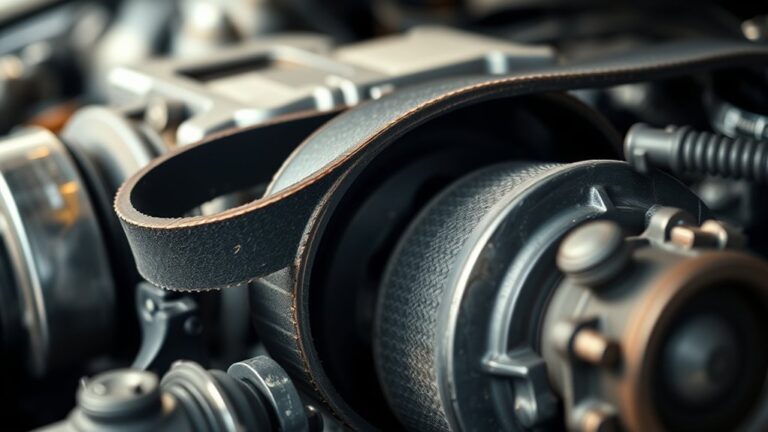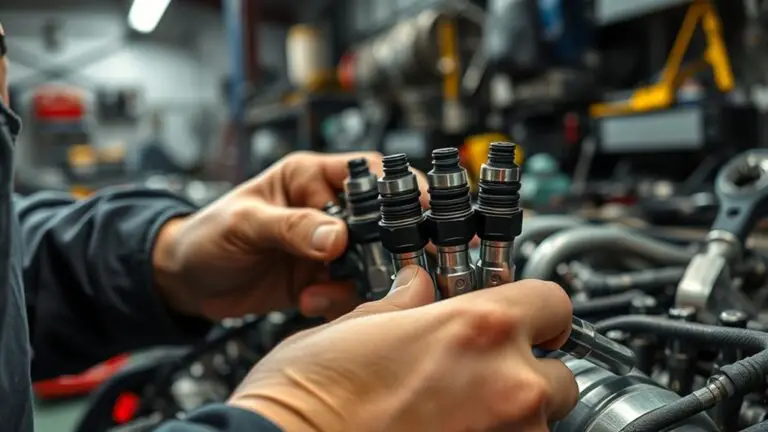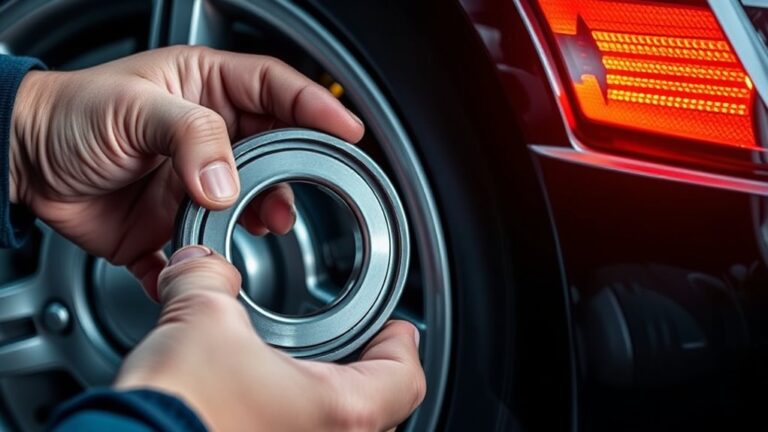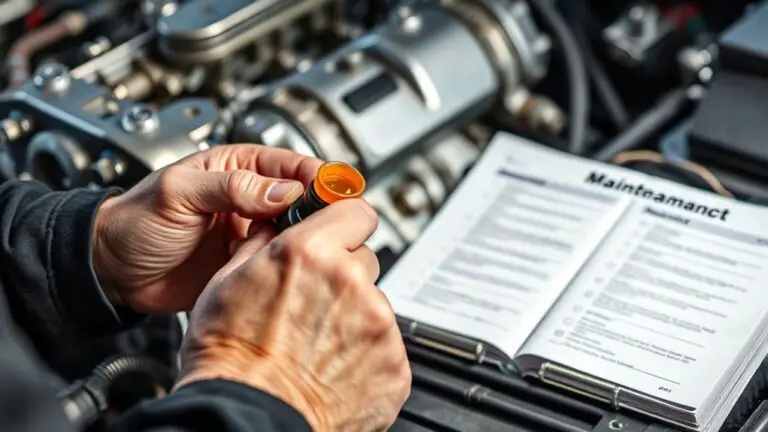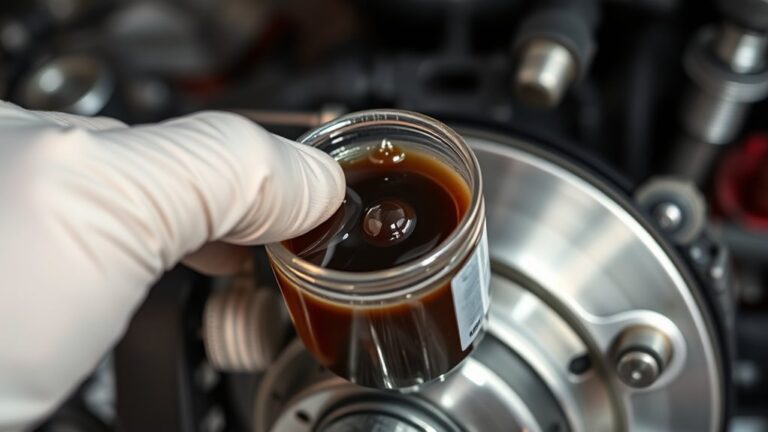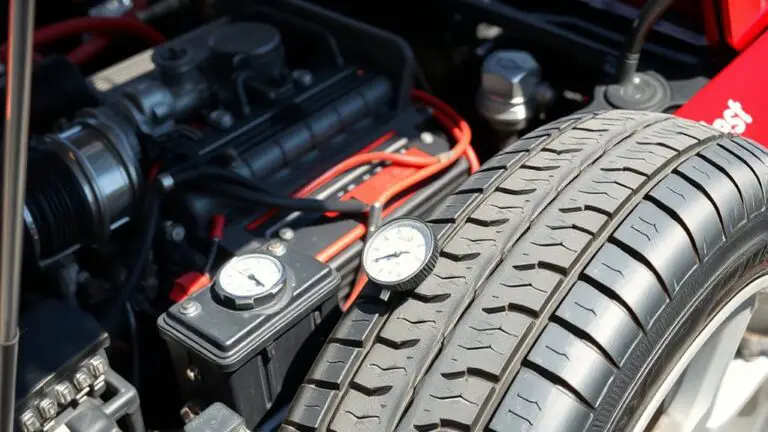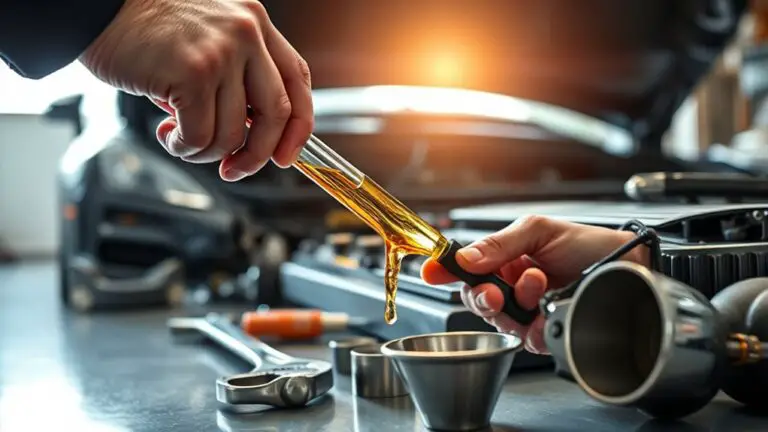Top Mistakes When Servicing Brake Fluid and How to Avoid Them
Top mistakes when servicing brake fluid include using the wrong fluid for your system, ignoring manufacturer specs, and mixing fluids, which can cause seal damage and poor braking. Don’t skip moisture testing before a flush, as high moisture lowers boiling point and promotes corrosion. Bleed with proper technique, keep the reservoir topped, and prevent air…


